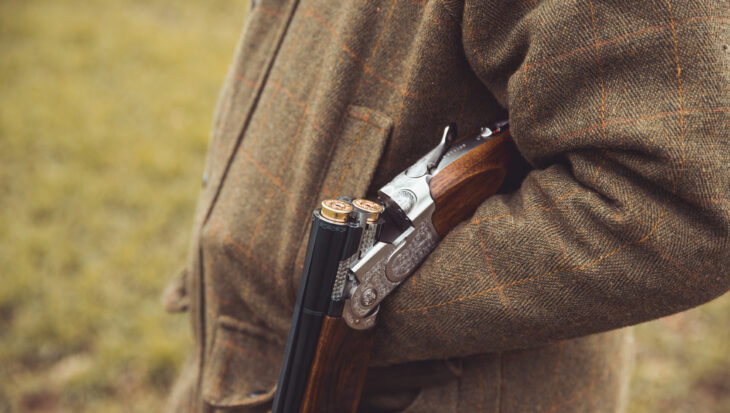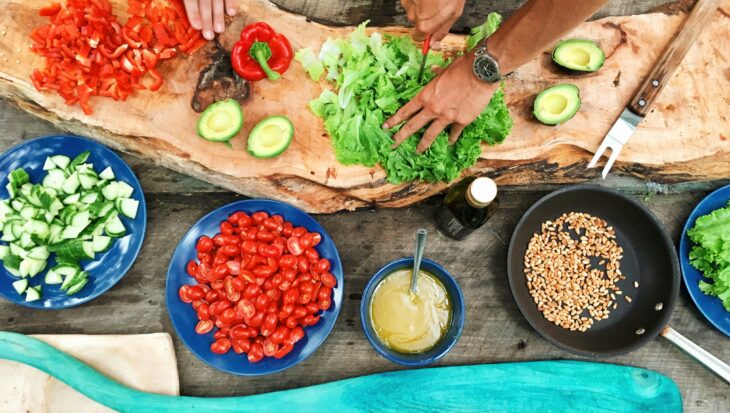Ban on the use of lead shot – finally!
Posted 10 Jul 2025

Posted on the 8th March 2012
The Green Party has reiterated its fundamental opposition to bloodsports, following the publication in a leading regional newspaper of pro-shooting comments by a rogue councillor.
Derek Hardcastle, a Green councillor on Kirklees Council, told the Yorkshire Post1 that he is a keen supporter of a local shoot, for whom he acts as a ‘beater’ – scaring birds into the sky so that they can be shot to the ground.
Green Party policy is to ‘fundamentally oppose’ shooting birds for sport and to work towards prohibition. Nearly 50 million pheasants and partridges are purpose-bred in Britain every year for ‘sport shooting’. The vast majority are intensively reared in cages, sheds and pens.
While Cllr Hardcastle sought to promote bird rearing and shooting as a ‘green’ and environmentally efficient food production system, figures from the shooting industry itself show that it costs more than 13 times as much to rear pheasants and get them airborne than the shot birds will fetch retail.2 These figures clearly demonstrate that the activity is about killing for pleasure rather than food production.
Green Party Chief Executive, David Murray, told Animal Aid this week:
‘I can confirm that there have been internal discussions between the national party and the local party member and Green Councillor concerned about this issue regarding beating and shooting, as covered in the Yorkshire Post. I want to make it absolutely clear that the Green Party remains fundamentally opposed to all bloodsports. We oppose the killing of, or infliction of pain or suffering upon, animals in the name of sport or leisure, and will work to end all such practices.’
Says Animal Aid Director Andrew Tyler:
‘Many people who vote for the Green Party do so precisely because it stands unequivocally against so-called sports that involve breeding millions of animals for the sheer pleasure of killing them. Councillor Hardcastle thought that he could publicly promote his sadistic and environmentally destructive hobby in the name of the Green Party. It was essential that the record was corrected.’
Animal Aid has campaigned against the ‘game bird’ industry for around 15 years, during which time we have published numerous reports and investigations.
While around 47 million pheasants and partridges are released annually, industry figures show that ‘only’ 18 million of this total are shot and retrieved.3Of the 18 million, industry data further reveal that fewer than eight million are sold to game dealers. It is claimed that the remaining 10 million are handed over to shooters or taken by shoot operators.4
Large numbers of pheasants and partridges inevitably attract – and probably boost the populations of – predator species such as stoats, weasels, foxes and members of the crow family. Gamekeepers label them as ‘vermin’ and deliberately kill them with guns, traps and snares. Species ranging from badgers to cats and dogs – and even protected birds of prey – are also caught and killed. A large number of animals are slaughtered every year in these ‘predator control’ programmes. Because some other species, which do not threaten game bird production, such as ground nesting birds, are not persecuted – and, in fact, flourish because their natural predators are killed – the industry promotes its slaughter of wildlife as a vital conservation effort.
The shooting industry discharges thousands of tons of lead shot into the environment every year. Professor Ian Newton, Senior Ornithologist with the Natural Environment Research Council, has stated: ‘Lead is also causing huge incidental mortality in wildlife. Some species ingest spent gunshot along with grit, while others ingest lead fragments from the carcasses and gut piles of shot animals on which they feed.’5 In addition, there is a massive annual challenge to wildlife through the release, within the space of a few weeks, of millions of pheasants and partridges. Native wildlife must compete with this avian influx for food and habitat.
The alleged economic benefits of shooting, as with claims on behalf of hunting prior to the passage of the 2004 Act which banned that bloodsport, are based on incomplete data and are exaggerated. Animal Aid has demonstrated the industry’s consistent failure to pay business rates6 and VAT. The latter amounts to a shortfall estimated by HMRC to be between £12 million and £20 million.7 For a detailed analysis, see Animal Aid’s reports A Law unto Themselves and Cheap Shots.
Posted 10 Jul 2025

Temperatures are rising and it’s time to get outdoors, enjoy the weather and tuck into some delicious vegan food! Thanks to an abundance of plant-based options now available, there’s an alfresco option for every tastebud...
Posted 09 Jul 2025
